Electricity changed the way we’re doing our day-to-day operations drastically. Just a century ago, the things we’re able to do now were beyond imagination. Now, to ensure the continuous flow of electricity and to make sure your power is always ON, we need the help of a certain metal box that holds the key to almost infinite energy levels. Power transfer switches play a vital role in this process by seamlessly switching the power source from the primary utility to a backup generator during an outage. Why does it matter? Well, for big operations and manufacturers, seamless switching ensures a secure flow of energy needed to secure the constant working of certain machines, especially as some machines cannot be without power as it can completely disrupt the working of the machine and cause damage to some of its components. To better understand power transfer switches, we decided it might be time to share some secrets with you, and in the text below, we’ll talk about everything there is to know about these machines, together with a few practical tips!
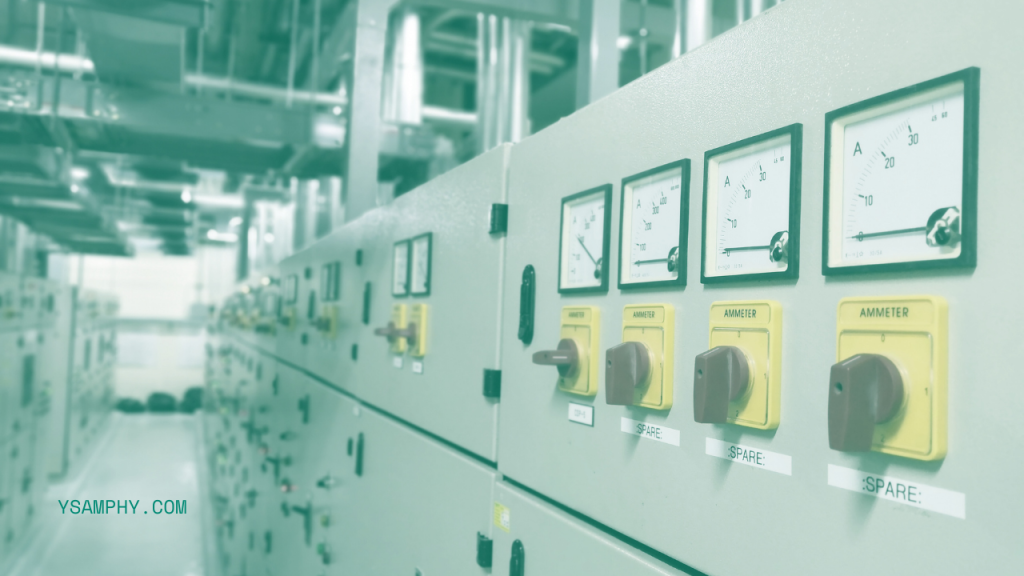
Load Requirements!?
Before installing a power switch, you’ll need to understand its capacity and ability to handle energy and to what level it can do so. This entails determining the overall wattage of all appliances and systems that will rely on the backup power supply. An undersized generator or transfer switch can cause overloads, resulting in equipment damage and the inability to deliver essential power. Make sure that the transfer switch and generator can manage your system’s peak demand. Now, for this, you’ll need to read a few manuals and call the manufacturers to get the right estimate of each of the machine’s energy requirements and needs. Also, you’ll need to include it in your calculation, as the machines might be using up more energy during times when it requires them to work longer hours with the same intensity. Once you do the math, you’ll know what kind of switch to look for.
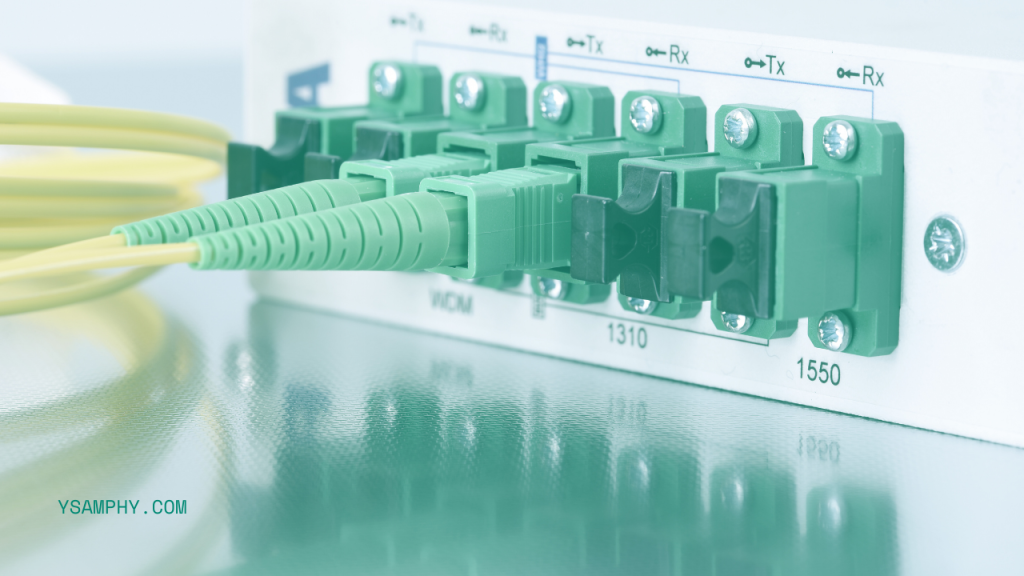
Choose the Right Type of Transfer Switch
Yes, you’ve heard it right. There are a few types of switches to consider before buying one. To be more precise, there are two primary types of power transfer switches: manual and automated. A manual transfer switch needs a human to physically switch the power source during an outage, making it a less expensive choice but less convenient during unexpected outages. An automated transfer switch or ATS, on the other hand, detects power outages and automatically transfers to a backup power source without the need for manual intervention. Now, as we said, if any machines are operating that cannot be without electricity at any given moment or otherwise it might disrupt the whole operation, then the automatic might be the better choice. But, for homes and smaller operations, where being without a power source for a few moments doesn’t make too much of a difference, the manual one might be the way to go. It depends on your needs!
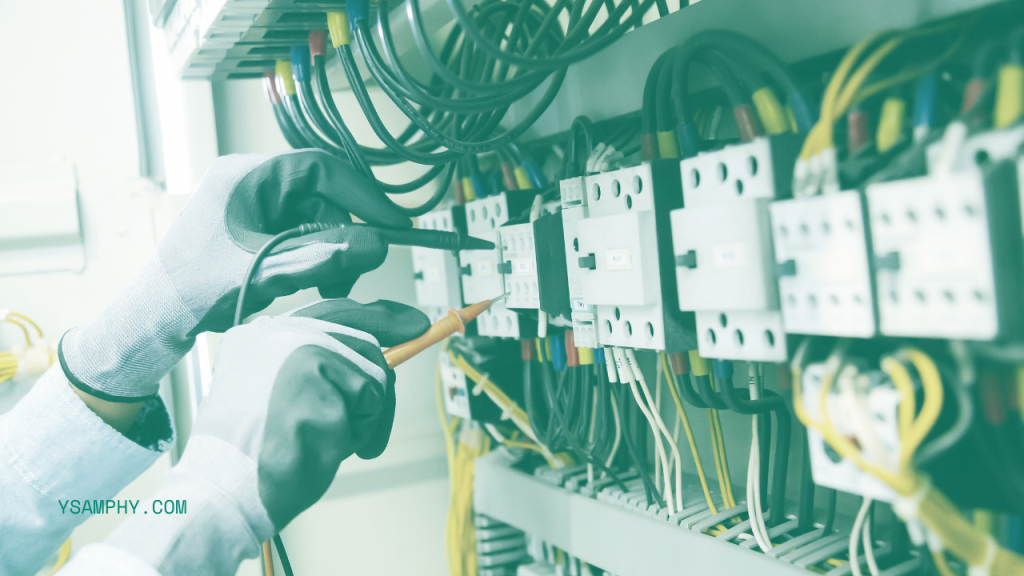
Ensure Proper Installation
You’re probably thinking, what does the installation have to do with you?! Usually, the company offering them will make sure the right staff are dealing with the switch to make sure everything functions as it should. And yes, you’re right; this job should be carried out by a competent electrician who’s familiar with the local electrical codes and regulations. Incorrect installation can cause electrical risks such as shocks, fires, and damage to both the switch and the linked appliances. Now, during installation, the electrician will connect the switch to the building’s electrical system, making sure all connections are secure and appropriately adjusted. What can you do? The main thing is to make sure your current electrical installation is working like clockwork. You can ask a professional to take a look and make sure it can support any additional machines and that it’s more than suitable for a switch. And, if you’re curious, you can pay attention during the installation just in case.
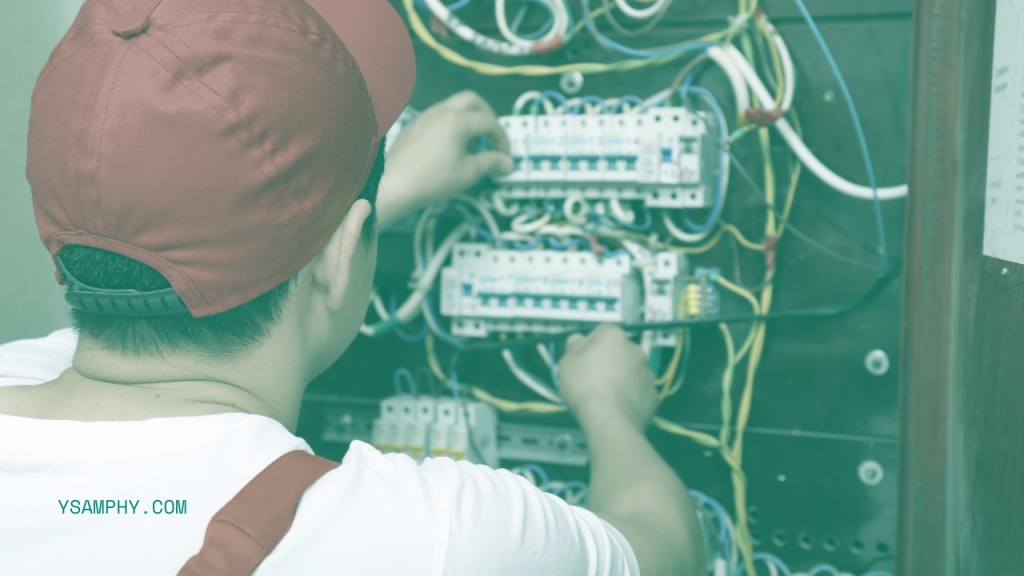
Regular Maintenance
We said you should be there during the installation, but mostly because you’ll get a better idea of how the switch works and also because you can ask about maintenance and regular testing. This involves regular inspections for symptoms of wear and tear as well as testing the switch to ensure it works properly. It is recommended that automated transfer switches be tested on a monthly or quarterly basis to mimic a power loss and ensure that electricity is properly transferred to the backup source. Maintenance should also include inspecting connections, cleaning components, and, if necessary, upgrading firmware. All this falls under the category of regular maintenance and you’ll need to make sure it’s being taken care of. Now, if all this is overwhelming, you can always ask a professional to do all this on your behalf and make sure you’re doing the right thing by not mingling with it yourself.
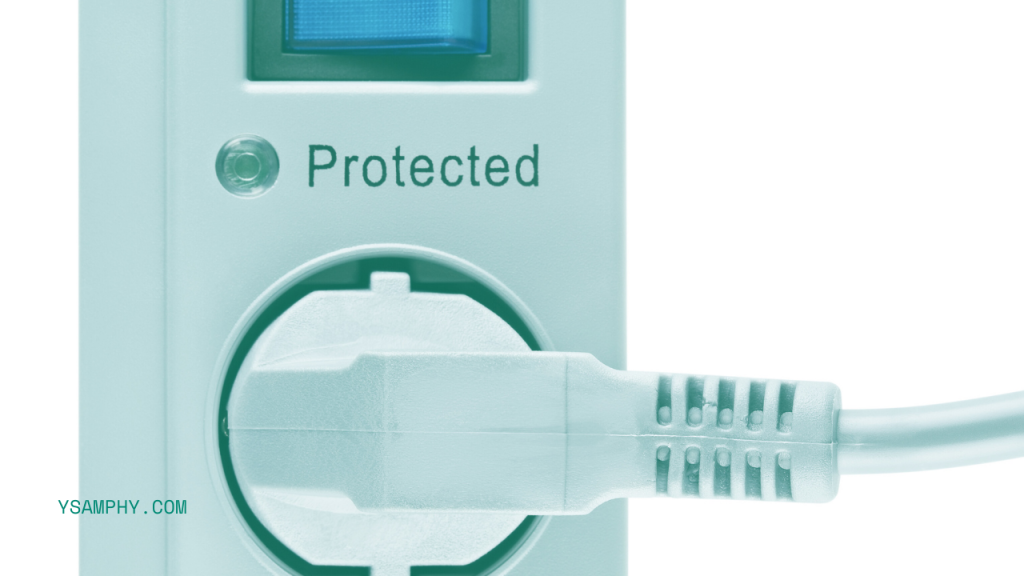
Consider Surge Protection
A power surge can easily happen whenever there is a switch between two power sources and that can potentially damage sensitive equipment. In other words, you’ll need to incorporate surge protection into your power transfer switch system, which might assist in reducing risk. Surge protection devices (SPDs) can be added to transfer switches to safeguard connected equipment from voltage spikes. And one last piece of advice, ensure that the SPDs are properly rated for your system’s voltage and current needs.
Plan Ahead
Future expansions are something every business is planning and dreaming of. In other words, it’s easier to make any expansion if you’re planning everything ahead of time. The best way to go about it is to simply make sure you’re getting the right gear and a switch that can handle higher levels of power transfers later on if you add a few machines to your whole operation. Now, that’s what we call smart thinking, as it ensures the safety of your whole operation, and it saves you money in the long run as you don’t have to buy the other switches once you change them.
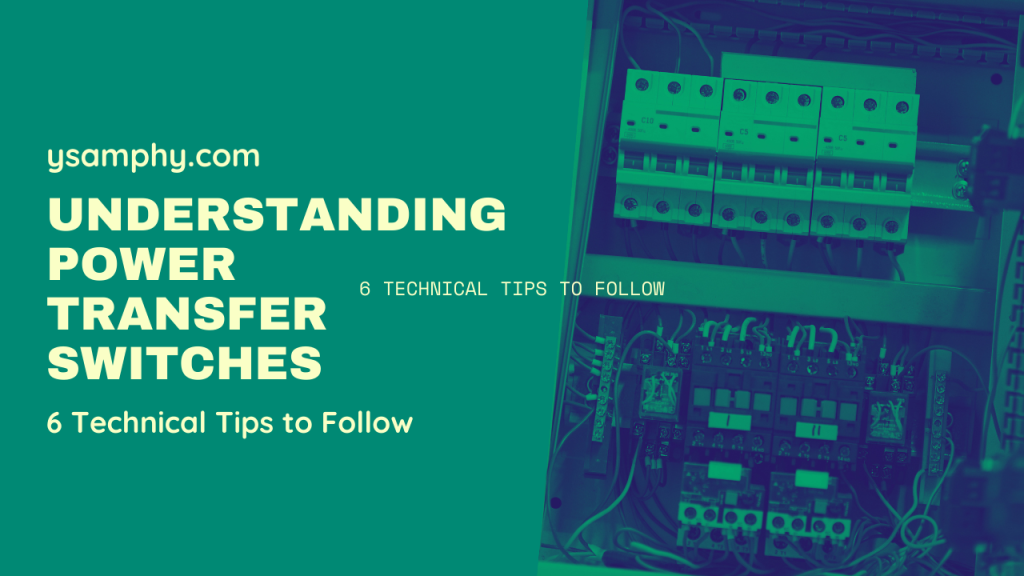
We hope this humble summary of a revolutionary machine has helped you better understand power transfer switches and how to pick the right one for your operation. With a bit of thinking ahead, you’ll make the right choice with ease.

